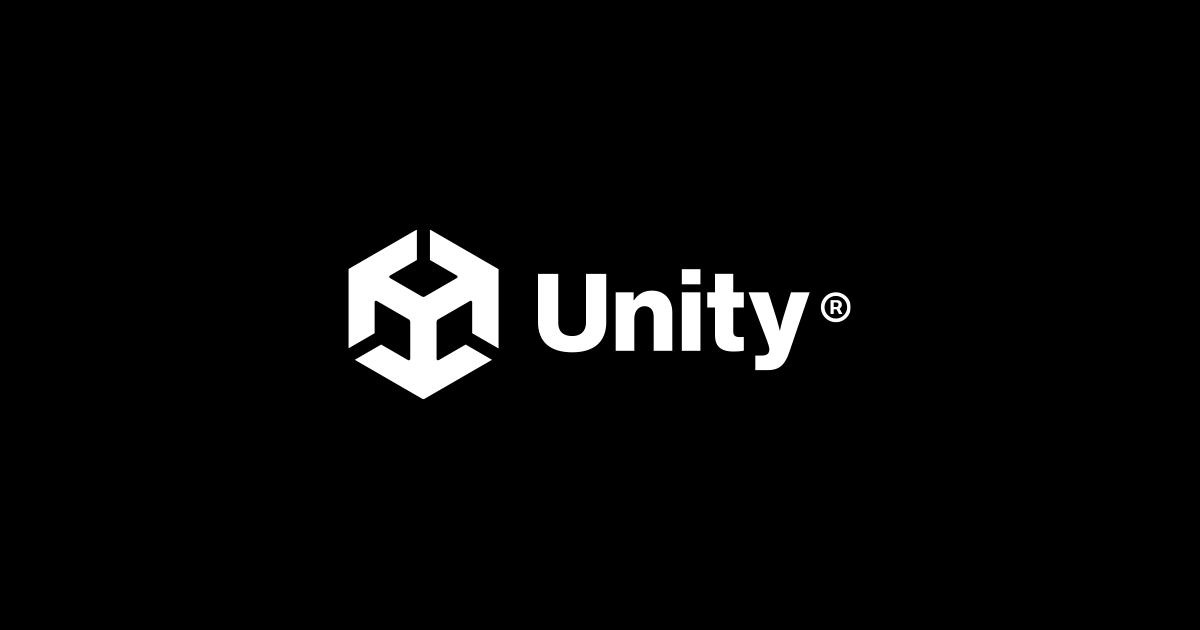Unity vs Blender: Two Powerful Tools for Different Goals
Unity and Blender are two well-known names in the digital creation field, but they serve distinct purposes in the development process. While Unity is primarily used for game development and interactive applications, Blender is a software suite dedicated to 3D modeling, animation, and visual content creation.
Unity: The Interactive Development Platform
Unity stands out as an interactive development platform, enabling creators of games and applications to design immersive experiences.
With its powerful game engine, Unity provides advanced development tools, making it easy to create cross-platform games for mobile, PC, virtual reality, and augmented reality environments. It also facilitates the integration of graphics, sound, and game mechanics.
Blender: The Comprehensive 3D Art Suite
On the other hand, Blender excels in 3D modeling, animation, and visual rendering. It is a versatile open-source software that attracts 3D artists, animators, and visual content creators.
Blender offers advanced features such as polygonal modeling, sculpting, armature animation, motion tracking, and photorealistic rendering. As a comprehensive suite, it enables the creation of high-quality visual effects and complex animations.
Conclusion: Complementary Tools
Ultimately, comparing Unity and Blender is like comparing apples and oranges. They serve different roles, each indispensable in its own way.
Unity excels in interactive development, while Blender shines in visual creation. Often, projects use both in tandem, with Blender used to create visual assets and Unity to integrate them into interactive experiences.
Key Points:
Unity Focus: Unity is primarily used for game development and interactive applications.
Blender Specialization: Blender excels in 3D modeling, animation, and visual content creation.
Unity Features: Unity offers a powerful game engine, facilitating cross-platform development and easy integration of graphics and sound.
Blender Capabilities: Blender provides advanced features such as polygonal modeling, sculpting, motion tracking, and photorealistic rendering.
Project Integration: Projects often use both Unity and Blender, leveraging their strengths in tandem.
Target Audience: Unity is preferred by game developers, while Blender is favored by 3D artists and visual content creators.
In summary, the choice between Unity and Blender largely depends on the specific goals of the project. Game developers will find a strong ally in Unity, while 3D artists and visual content creators will appreciate the versatile approach of Blender.
Other articles:







Comments
Post a Comment